
Determine the purpose of your gabion mattress installation and calculate the required materials.
Check the site for any underground utilities or obstacles that may affect the installation.
Obtain the necessary permits or permissions, if applicable.
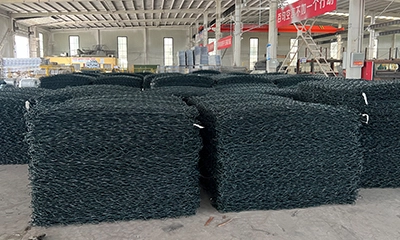
Gabion mesh panels: Select the appropriate size and gauge of gabion mesh panels based on your project requirements.
Gabion wire or fasteners: Use galvanized or stainless steel wire or fasteners to securely connect the gabion mesh panels.
Gabion fill: Choose suitable fill material such as rocks, stones, or gravel that will fit through the mesh openings.
Wire cutters, pliers, and gloves: These tools will help you handle and secure the gabion mesh effectively.
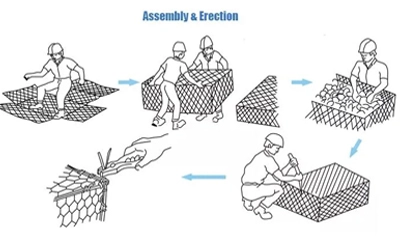
Use stakes, string, or spray paint to mark the boundaries of the gabion mattress installation area.
Ensure the marked area is level and properly aligned, especially for hesco barrier retaining wall or other structural applications.
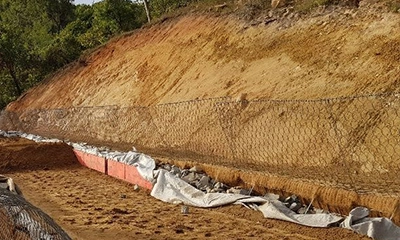
Unfold the gabion mesh panels and lay them flat on the ground, ensuring they are aligned correctly.
Connect the panels using wire or fasteners at the corners and along the edges. Use pliers to twist the wire tightly and secure the connections.

Position the assembled OEM gabion mattress mesh panels within the marked area, ensuring they are tightly joined together.
Use stakes or braces to hold the panels in place temporarily, especially for vertical or sloping installations.
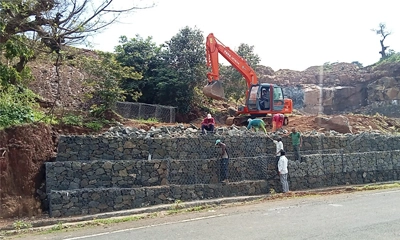
Begin filling the gabion mesh with the selected fill material, starting from the corners and working your way inward.
Use smaller stones or gravel to fill any gaps or voids within the gabion structure, ensuring a uniform and stable construction.
Compact the fill material periodically using hand tools or a mechanical compactor to enhance stability and prevent settling.
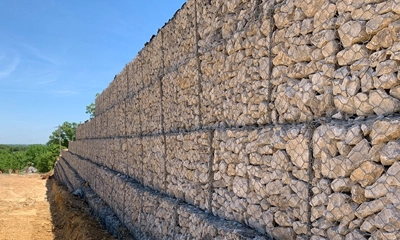
As you fill the gabion, periodically secure the top edges by lacing wires through the mesh openings and twisting them tightly.
Continue securing the wholesale gabion mattress mesh at regular intervals vertically and horizontally, reinforcing the structure and maintaining its shape.
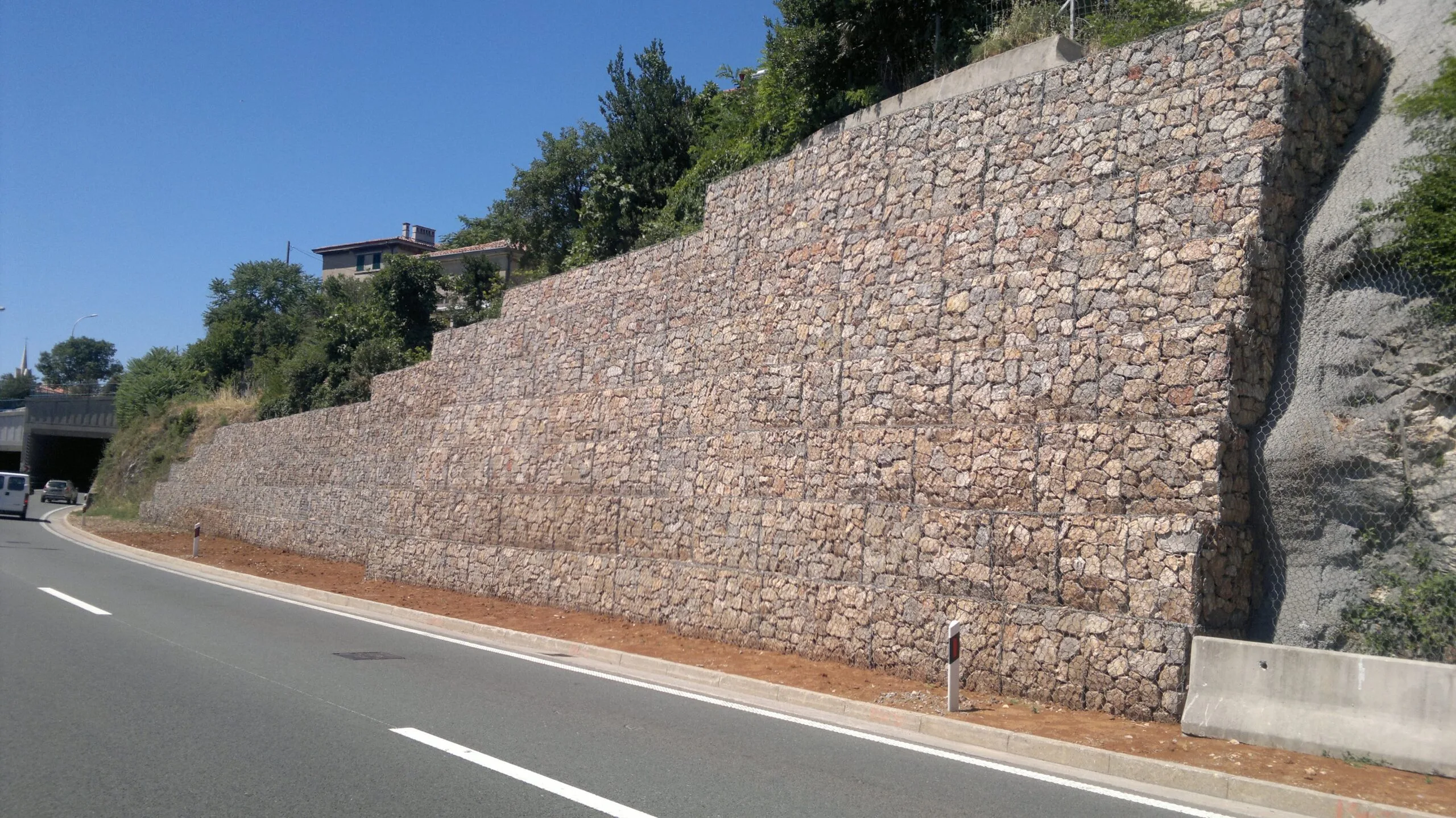
Once the gabion is completely filled and secured, trim any excess wire protruding from the mesh using wire cutters.
Inspect the installation for any loose connections, bulges, or gaps, and address them accordingly.
Clean the site, removing any debris or excess fill material from the surrounding area.
Remember, proper installation is crucial for the longevity and effectiveness of gabion mesh structures. If you're unsure about any aspect of the installation process, consult with a professional or refer to manufacturer guidelines. By following these steps and paying attention to detail, you can create a sturdy and visually appealing gabion mesh installation for your landscaping or erosion control needs. OEM gabion mattress for sale from Shenzhou Andesen Wire Fencing Co., Ltd. now!